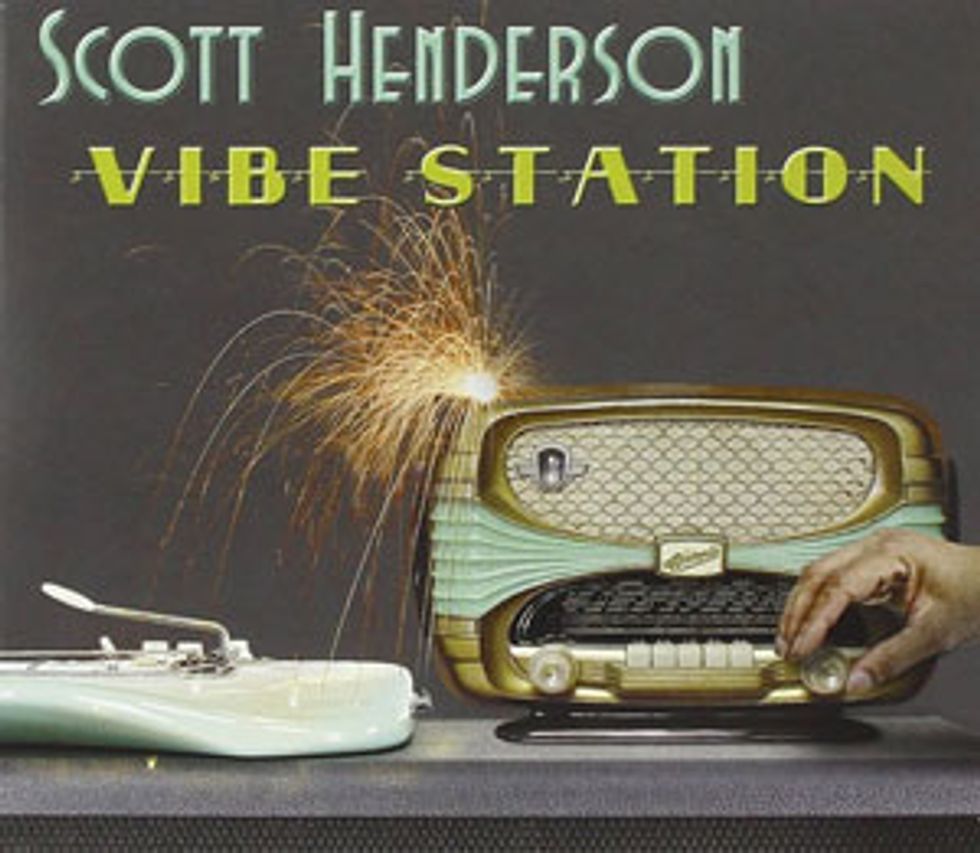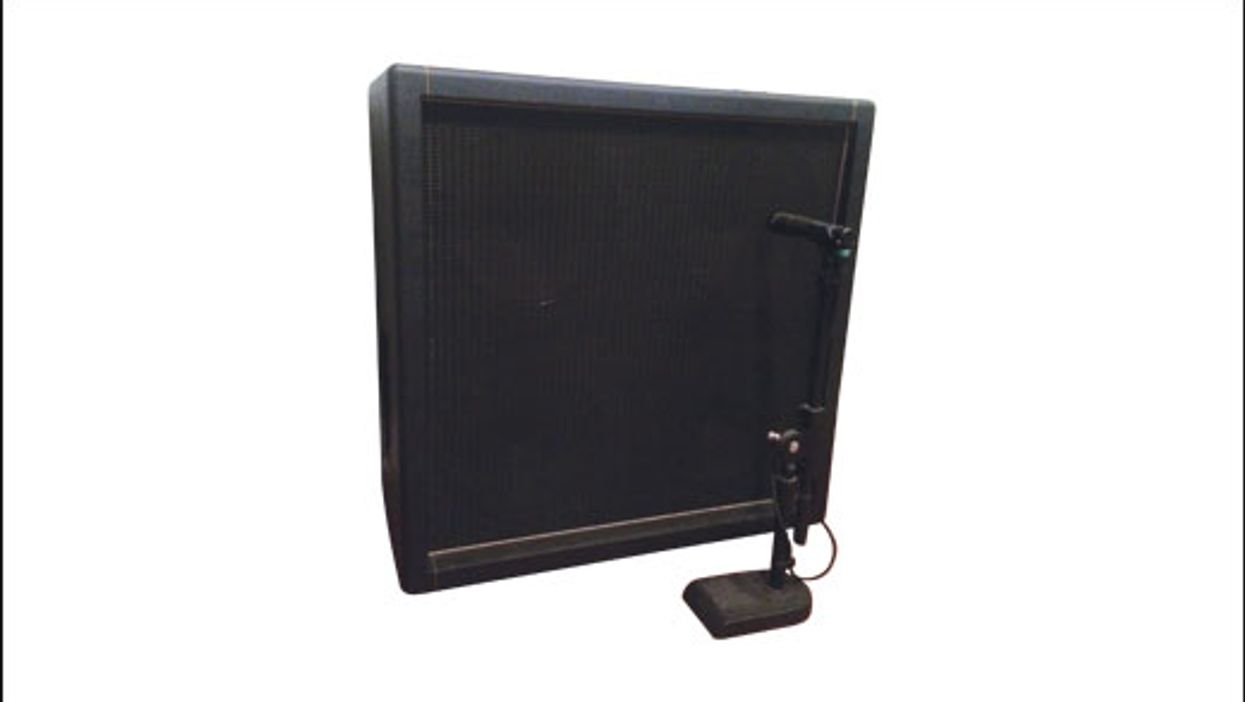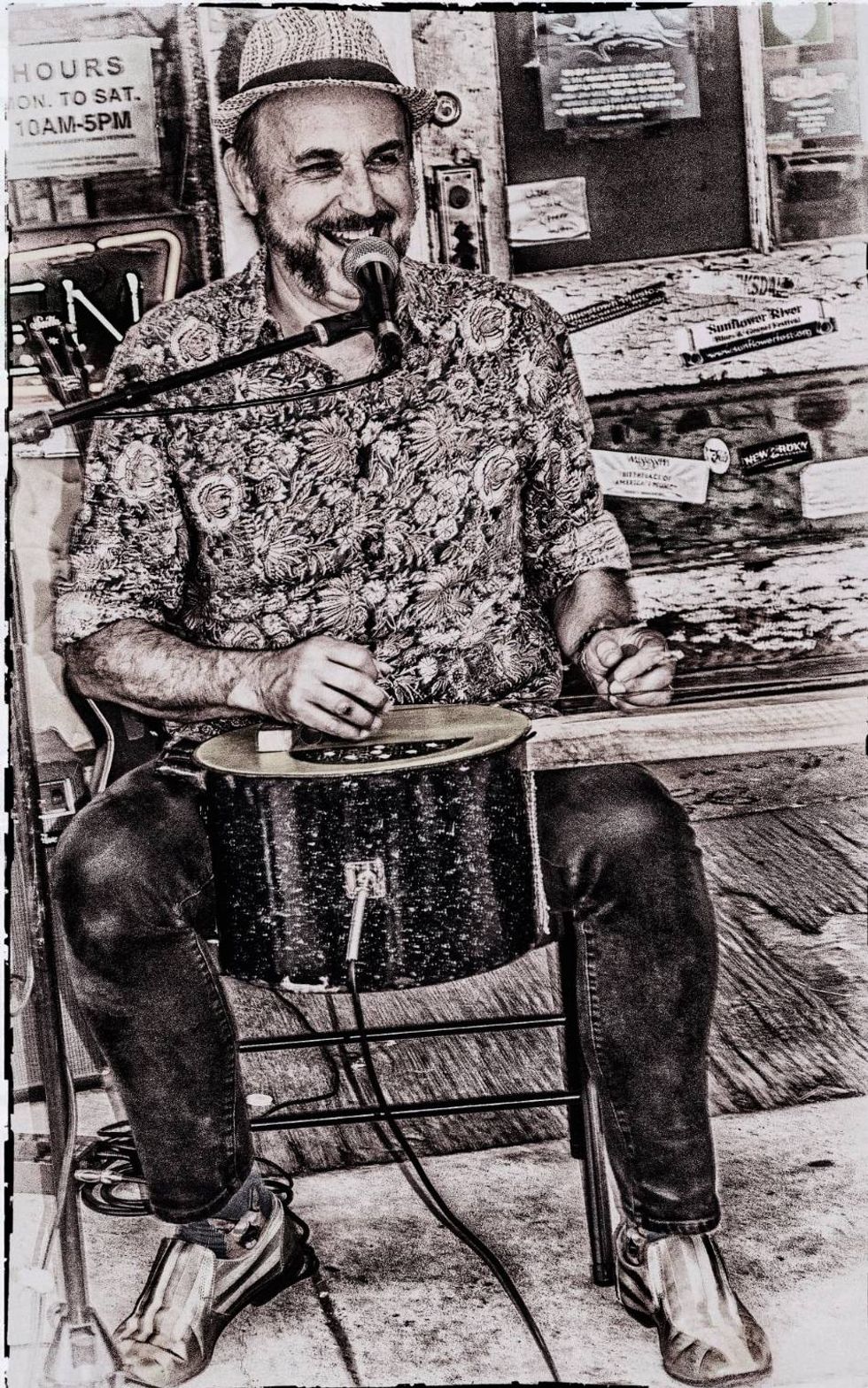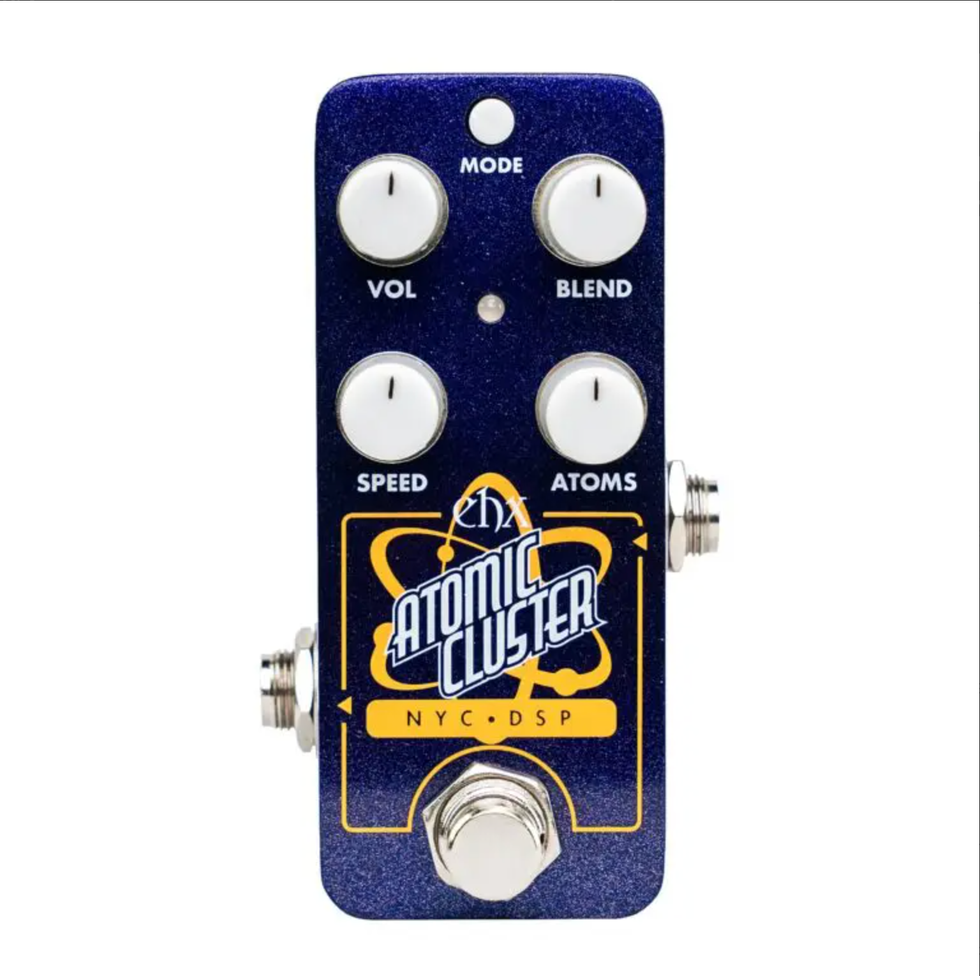Options, options, and more options—everywhere! We are bombarded with information from all sides these days, and it can be hard to figure out what to watch, what to listen to, or what to practice. If not approached methodically, putting together a guitar rig can be an exercise in option anxiety. And laying down a few guitar parts on a song can be a similarly confusing experience if you allow yourself to get bogged down with all the tonal choices available via modern equipment. My advice? Keep it simple.
Recording Guitars
Experimenting with different mics, preamps, and recording techniques can be really fun and rewarding. But it can also be really expensive. Not only that, it can take quite a bit of time and energy that could arguably be better spent focusing on improving performances or creating better parts.
Just recently, legendary studio-ace guitarist Tim Pierce and I filmed a segment for our new YouTube show called Tim and Pete's Guitar Show. We had the honor of interviewing Scott Henderson for the segment, and, as always, I learned many valuable things.

For a taste of spectacular tone and proof that a single mic is all that's needed for a standout recording, check out Scott Henderson's Vibe Station. All the guitar tones were captured with a single Shure SM57 on Henderson's cab.
Tim and I had been listening closely to Scott's new album, Vibe Station,to prepare for the interview, and we were both equally floored by Scott's musicality and the tones he achieved on the record. When we quizzed him about how he captured such incredible tones in the studio, he said he only uses one microphone when recording his amps—the venerable Shure SM57. Scott also shared that it was Michael Landau who taught him that a trusty 57 is really all you ever need for recording electric guitar cabinets.
It got me thinking about all the time I've spent placing two (or more) mics on a cabinet, and then running back and forth between the control room and live room to position them and get them in phase. And then, do you print them all to separate tracks or somehow sum them to one? I'm not advocating using only a 57 or similar dynamic mic all the time, because alternate choices or blends of mics can deliver sublime tones. But in many instances, using one good dynamic is the right call and will have you covered.
Pedalboards
Not too long ago, I produced a YouTube video demo of a Boss pedal. At the beginning of the video, I jokingly came up with what I thought was a funny one-liner Boss could use in advertisements: “Boss ... don't make this harder than it needs to be." I was alluding to the huge variety of effects pedals available that can sometimes create option anxiety for us modern guitarists, and that maybe all you need is a good ol' Boss pedal to get the job done. It was meant as a joke, but I was really only half kidding.
Allow me to explain. Boss has been around since what seems the dawn of time, and they make rugged and dependable products that deliver good tone and consistent performance. Artists from Prince to Billy Duffy use Boss pedals for all the aforementioned reasons. They're durable, but if you do need a replacement while on tour, you can find them just about anywhere. Now, I'm not suggesting that you build a board using only Boss pedals. Tone is so subjective and it seems every guitarist has at least a couple boutique stompboxes they adore these days. But it is a good idea to consider things like reliability and availability when selecting gear for a pedalboard. (That goes for everything from power supplies to patch cables, too.)
I've noticed that many guitarists today—myself included—tend to build boards with the “everything but the kitchen sink" approach. Indeed, I have not one, but two Eventide H9s on my main pedalboard, just in case I run across situations where I need to use two of these stompboxes at the same time. I have indeed found such situations, but could I have gotten away with just one? Yes, I admit it. The older I get, the more I realize that a simpler pedalboard equals smaller size, easier to use, less weight, less to go wrong, and less option anxiety. My last rig was a wet/dry/wet setup with a 12-space rack. I'm in recovery!
Musically Speaking
The longer I play guitar, the more I appreciate economy and simplicity in music. There is power in playing fewer notes while putting more into each and every note I play. It's all about the right note, played the right way, at the right time. This is easier said than done and requires discipline—probably as much discipline as it takes to learn to play a whole bunch of notes, very cleanly, and at great speed. But in the end, simple wins every time for me.
Until next month, I wish you all good tone!













![Rig Rundown: Russian Circles’ Mike Sullivan [2025]](https://www.premierguitar.com/media-library/youtube.jpg?id=62303631&width=1245&height=700&quality=70&coordinates=0%2C0%2C0%2C0)



![Rig Rundown: AFI [2025]](https://www.premierguitar.com/media-library/youtube.jpg?id=62064741&width=1245&height=700&quality=70&coordinates=0%2C0%2C0%2C0)





